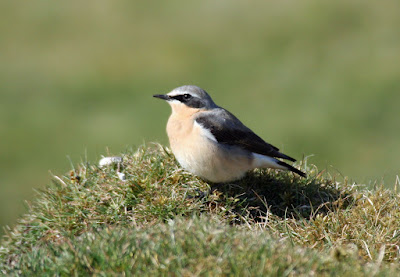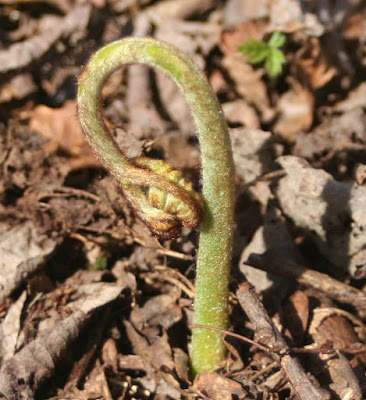We saw these plants and a Glow Worm larvae (thanks to Katie for identifying it and letting me know).
Glow Worm
Cowslip
Cuckoo Flower
Early Purple Orchid
Early Purple Orchid
Yellow Archangel
Then we went to Parc Slip and saw a Willow Warbler, Little Grebe and some Ducklings. 3 things off the list.
Little Grebe (Tachybaptus ruficollis)
These are also known as Dabchick it has a really short tail which makes it look round like a ball.
Willow Warbler (Phylloscopus trochilus)
Is the commonest warbler in Britain. They live in Africa in the winter time and fly back to Britain for summer, a journey of 8,000 miles. It is really difficult to tell Chiff Chaffs and Willow Warblers apart, the best way is to learn the different song of each bird.
Ducklings
Ducklings are mentioned in the book but it doesnt say what type of ducklings. It was propbably this type (mallard).































